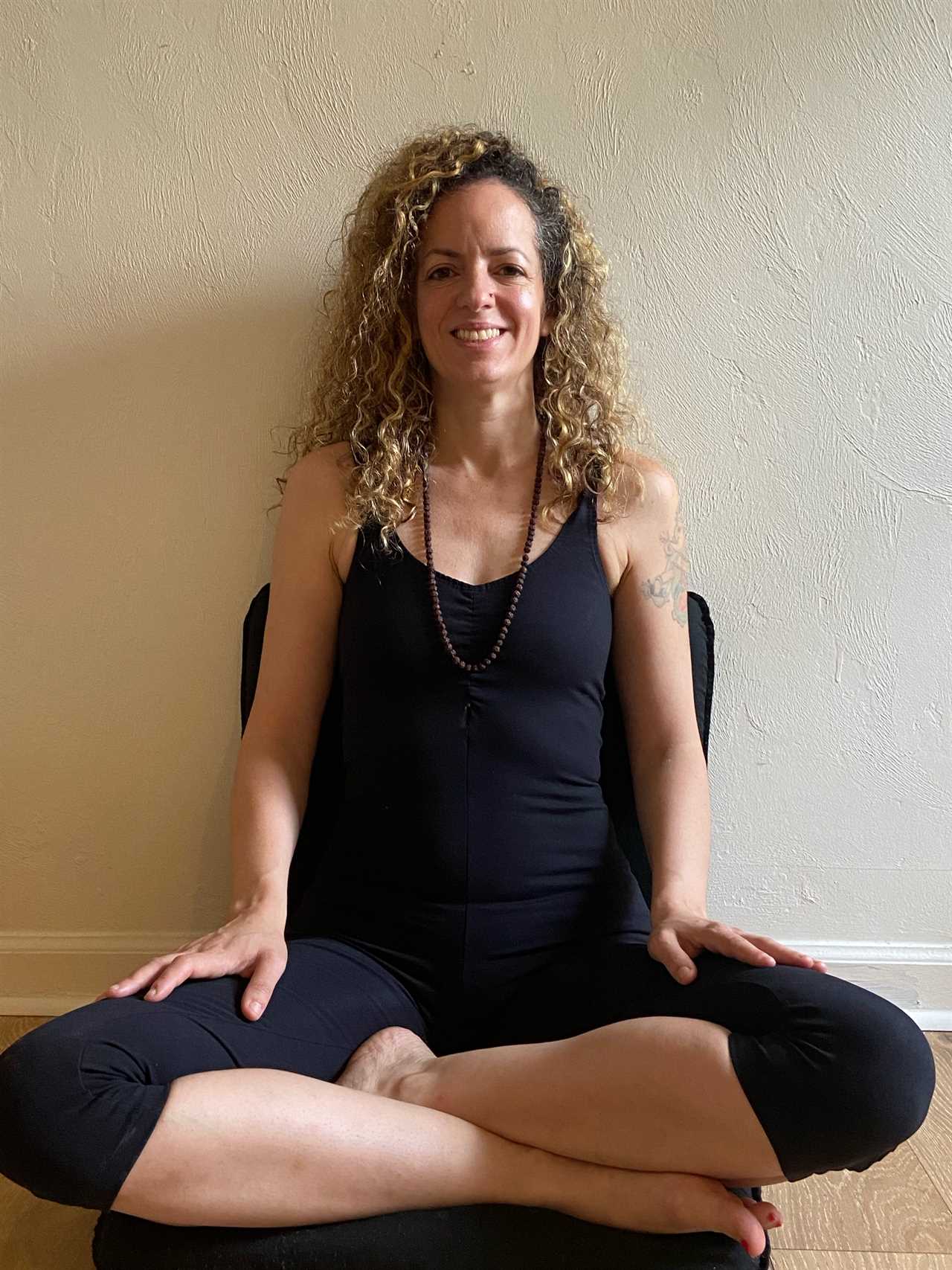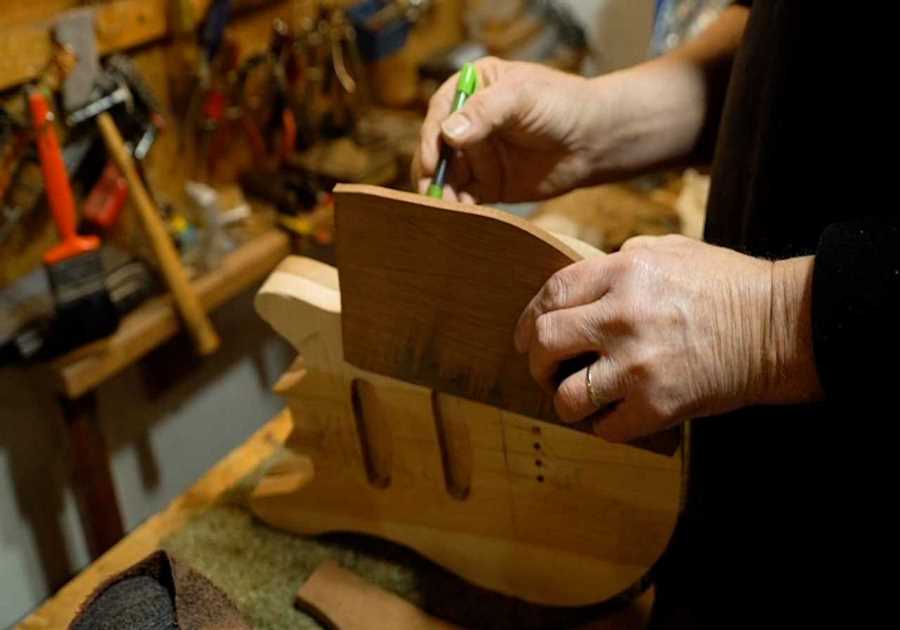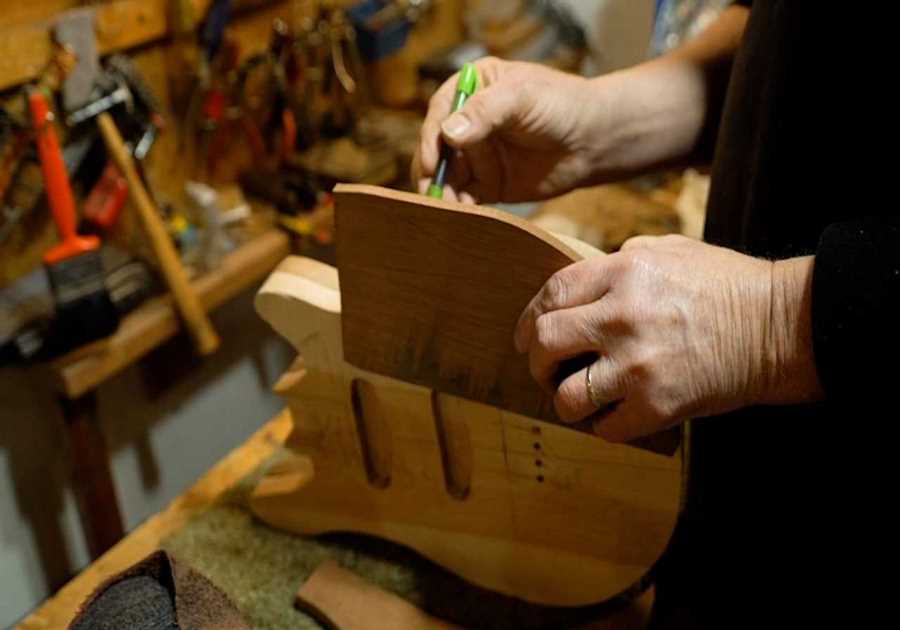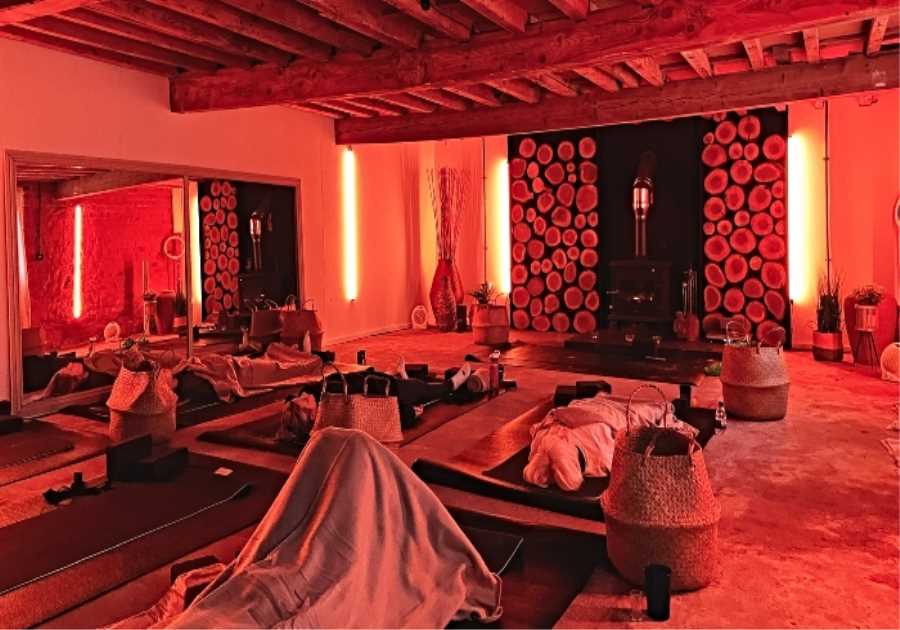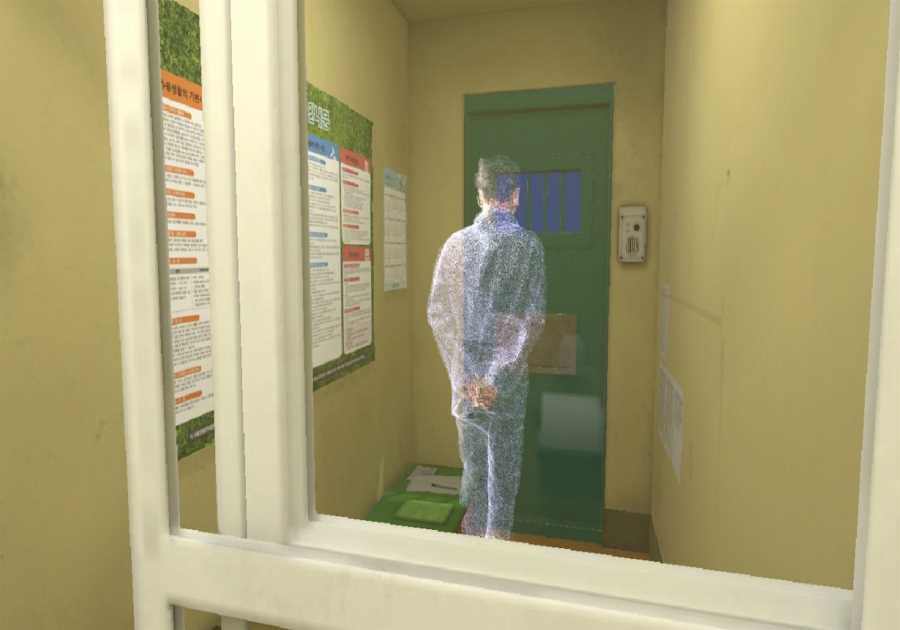When we commit to regular, long-term meditation practice, we experience that we feel better. But translating that experience into hard science is something I will never forget.
Over a decade ago I attended a small and intimate symposium at Harvard University on the subject of the brain and meditation. The second speaker was my hero. I had read her research and was sitting on the edge of my seat waiting for her turn.
Yoga:When sleep isn’t coming, try these yoga tips for a good night’s sleep
Health:A relaxing backpacking trip underscores the importance of physical and mental health | Mahoney
And it was announced: “Sara Lazar, Ph.D, Associate Researcher in the Psychiatry Department at Massachusetts General Hospital and Assistant Professor of Psychology at Harvard Medical School.”
I clapped enthusiastically. And for me she spoke poetry in science. She explained a phenomenon called neuroplasticity to those top neuroscientists in that little room.
Meditation and the brain
Put simply, neuroplasticity is the brain’s ability to change its very own matter when a person consistently engages in certain activities. Sarah talked about how she found evidence that meditation can slow age-related atrophy in certain areas of the brain.
The capacity of the brain’s prefrontal cortex (the part of the brain responsible for memory and decision-making) becomes thicker with consistent meditation practice, while the prefrontal cortex typically becomes thinner and less effective with age.
I mean how cool is that? The thing is, meditation is difficult in the beginning.
We are not taught to be still or to watch thoughts. Definitely not to be without thoughts. We can go to school all these years, get a Masters, get a PhD; However, meditation is an optional subject and does not come by itself. It is an acquired skill.
I have been meditating continuously since I was 15 years old. I am 42 now and I will tell you that there are still some days when it is difficult. So do not worry; It’s okay not to get it first. And it’s okay not always to get it, even after years of practice.
Self-study can be difficult
What I have found is that even these tough days – maybe especially these tough days – are part of the meditation practice as a whole.
It is not limited to the time we spend sitting; it is also informed and enriched by our reactions and emotions. It is provoked by how the meditation develops (or not).
It’s a very deep and intimate process of self-study. Because of this, it can be difficult to look at ourselves with such honesty. It can be pretty scary. And yes, oh so rewarding.
Meditation has given me deep and strong self-esteem, compassion for myself and others, and clarity about the world around me (because I am getting closer and closer to grasp the world within me). And yes, a yogini meditator still gets angry and sad and so on.
But meditation has given me the ability to recover from difficult situations more quickly, to be more equanimity in the face of adversity, and to experience more joy than I can sometimes bear.
The purpose of this column is to help you, the reader, become more comfortable in your life. I hope I sold my fish high up. I am offering you a simple meditation practice that you can do at home.
Six simple meditation steps
1. Pick a home location and stick with it. Choose once and stick with it. Between 4: 30-6: 30 a.m. is best, but stick to what is realistic for you.
2. A chair or the floor is good for this practice. Avoid meditation lying down or on a comfortable couch. Keep your back straight, but not stiff.
3. Now to the practice itself.Close your eyes to avoid distractions from seeing. Bring your left hand under your nostrils and feel the air flow in and out of your nostrils.
4th Observe the incoming and outgoing breath and their different temperatures.
Note: The incoming air is a little colder than the outgoing air, which is a little warmer. Hold that hand there until you are sure that you are feeling the breath.
5. Once you are sure, lower your hand and continue to feel the breath go in and out under your nostrils.
6th If you notice any thoughts, immediately raise that hand back up and watch closely. No judgment: just watch and stay compassionate about your experience. We all learn.
Practice this for a minute each day. Increase by one minute every two weeks after a month.
Be in the moment
This meditation practice is called Anapana (that means coming and going in Pali). It is taught in Vipassana meditation retreats around the world during an 11-day silent retreat where meditators practice from 4:30 a.m. to 9:30 p.m. daily.
Aside from all of the spectacular neurophysical benefits that we now know that meditation gives us, continuous practice ultimately gives us a superpower: seeing things as they are.
Less drama, less fear, less entanglement in the sticky web of life. If we pay attention and develop this gift, we can find that most of the problems live mainly in our thinking – either reliving what it was or anticipating what may never be.
Being in the moment is not easy and meditation helps us to unwrap this wonderful gift – the gift.
Ana Mares Guia is a Brazilian-born lawyer who turned yogini and is a proud resident of Tallahassee. She has been practicing yoga for 30 years and has taught it for 24 years. She is a yoga therapist with her own practice in the Killearn area, where she lives with her daughters, dogs, rabbits and chickens. Do not hesitate to send us inquiries, ideas for the next column or just a hello to [email protected].
Never miss another story: Subscribe to the Tallahassee Democrat using the link at the top of the page.
Did you miss our previous article...
https://yogameditationdaily.com/meditation-retreats/along-tibets-new-railroad-birthplace-of-tibetan-culture-shannan


